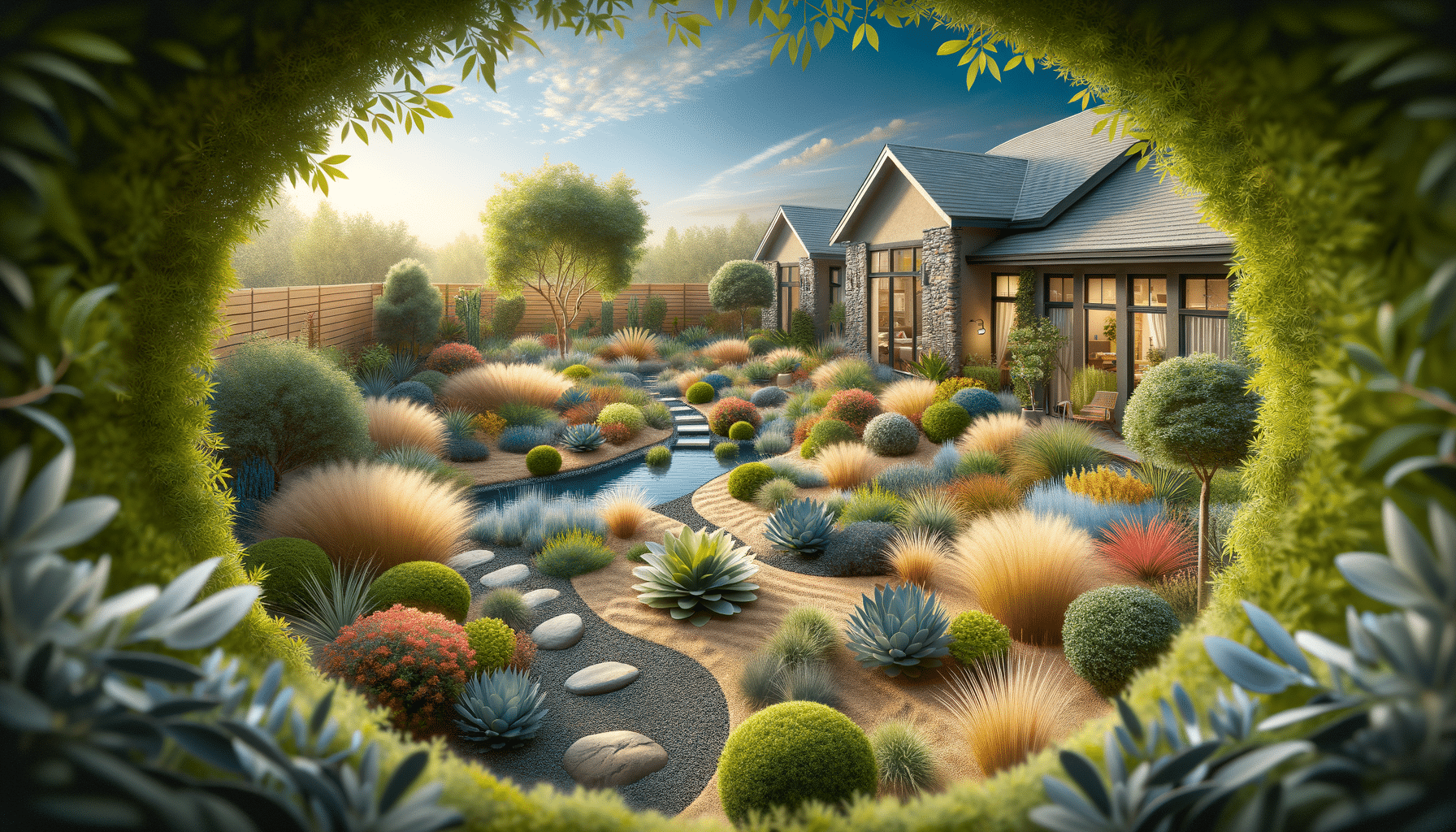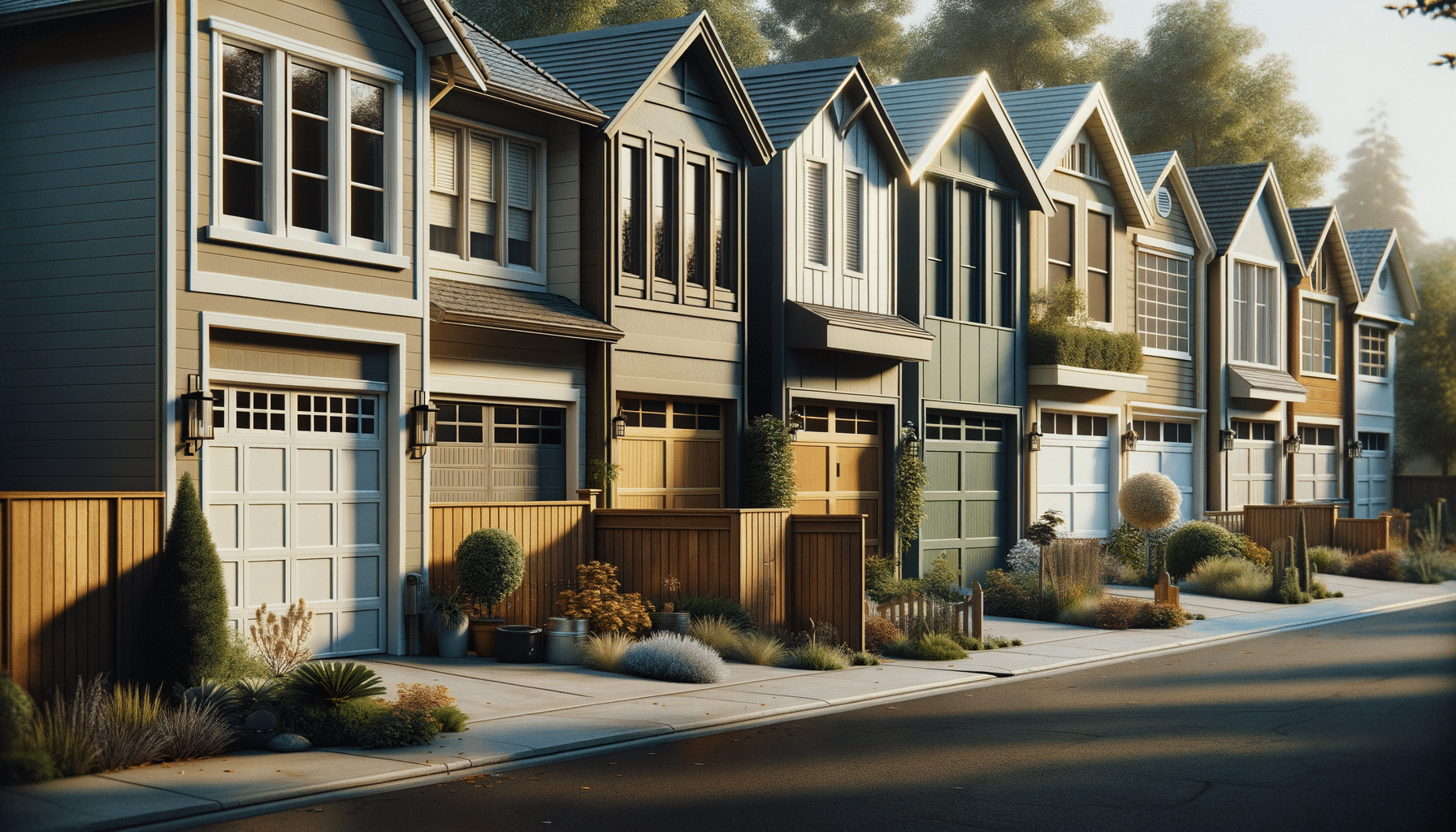
Native Landscaping Designs, Drought-Tolerant Plants & Low-Maintenance Yard Ideas
Introduction to Native Landscaping
Native landscaping is an increasingly popular approach to gardening and yard design that emphasizes the use of plants indigenous to the local environment. This method not only enhances the aesthetic appeal of your outdoor space but also promotes ecological balance by supporting local wildlife and reducing the need for artificial fertilizers and pesticides. As we become more conscious of our environmental impact, native landscaping offers a sustainable solution that aligns with nature’s own systems.
One of the key benefits of native landscaping is its ability to thrive in local conditions. Native plants are adapted to the specific climate, soil, and moisture levels of their region, making them more resilient to local pests and diseases. This resilience translates into less maintenance, which is a significant advantage for homeowners looking to reduce the time and effort spent on yard care.
Moreover, native landscaping can contribute to water conservation. By selecting plants that are naturally suited to the local environment, you can minimize the need for additional watering, which is particularly beneficial in areas prone to drought. This approach not only saves water but also reduces utility bills, making it an economically sound choice as well.
Low Maintenance Yard Ideas
Creating a low-maintenance yard doesn’t mean sacrificing beauty or diversity. In fact, with thoughtful planning, you can design a stunning outdoor space that requires minimal upkeep. The key is to choose plants and materials that are well-suited to your environment and lifestyle.
Consider incorporating hardscaping elements such as stone pathways, gravel beds, or decorative rocks. These features not only add visual interest but also reduce the amount of lawn area that needs regular mowing and watering. Additionally, using mulch in flower beds helps retain soil moisture and suppress weeds, further decreasing maintenance efforts.
Another strategy is to group plants with similar water, light, and soil requirements together. This approach, known as hydrozoning, allows for more efficient watering and care. For instance, place drought-tolerant plants in sunnier areas and reserve shaded spots for those that prefer cooler conditions.
Finally, consider installing an automated irrigation system. While the initial investment may be higher, these systems can save time and ensure your plants receive the right amount of water, especially during dry spells. By integrating these elements, you can enjoy a beautiful and functional yard with minimal effort.
Drought-Tolerant Plants for Your Landscape
Drought-tolerant plants are a crucial component of sustainable landscaping, especially in regions where water conservation is a priority. These plants are capable of thriving with minimal water, making them an excellent choice for eco-conscious gardeners.
Some popular drought-tolerant options include succulents, such as agave and sedum, which store water in their leaves and can survive extended dry periods. Ornamental grasses like blue fescue and feather reed grass are also excellent choices, offering texture and movement to the landscape.
For a burst of color, consider planting lavender, which is not only drought-resistant but also attracts pollinators like bees and butterflies. Similarly, the vibrant blooms of the coneflower and black-eyed Susan can brighten up any garden while requiring little water.
When selecting drought-tolerant plants, it’s important to consider your local climate and soil conditions. Native plants are often the most adaptable and can provide the best results in terms of growth and sustainability. By integrating these resilient species into your landscape, you can create a beautiful, water-wise garden that stands the test of time.
Designing with Native Plants
Integrating native plants into your landscaping design can transform your yard into a vibrant, living ecosystem. These plants not only provide habitat for local wildlife but also contribute to the overall health of your garden by promoting biodiversity.
When planning a native plant garden, start by researching the flora native to your area. Local botanical gardens or extension services can be valuable resources for identifying suitable species. Once you have a list of potential plants, consider how they will fit into your overall design in terms of color, texture, and height.
Incorporate a mix of trees, shrubs, and perennials to create layers of interest and provide year-round appeal. For example, native trees like oak or maple can offer shade and structure, while shrubs such as serviceberry or elderberry add seasonal color and fruit.
Don’t forget to consider the needs of local wildlife. Incorporating plants that produce nectar, seeds, or berries can attract birds, butterflies, and other beneficial insects, enhancing the ecological value of your garden. By designing with native plants, you can create a sustainable, self-sufficient landscape that harmonizes with the natural world.
Conclusion: Embracing Sustainable Landscaping
As we continue to face environmental challenges, sustainable landscaping practices such as native planting and drought-tolerant design become increasingly important. These approaches not only conserve resources but also promote a harmonious relationship with the natural environment.
By embracing native landscaping designs, you can create a yard that is both beautiful and functional, requiring less maintenance and resources. Drought-tolerant plants offer a practical solution for water conservation, while low-maintenance yard ideas can save time and effort without compromising aesthetic appeal.
Ultimately, the goal is to create a landscape that reflects and respects the unique characteristics of your local environment. By doing so, you contribute to biodiversity, support local wildlife, and enjoy a thriving, resilient garden for years to come.


